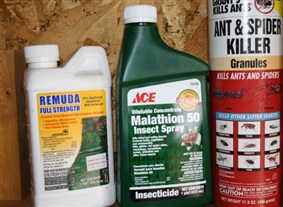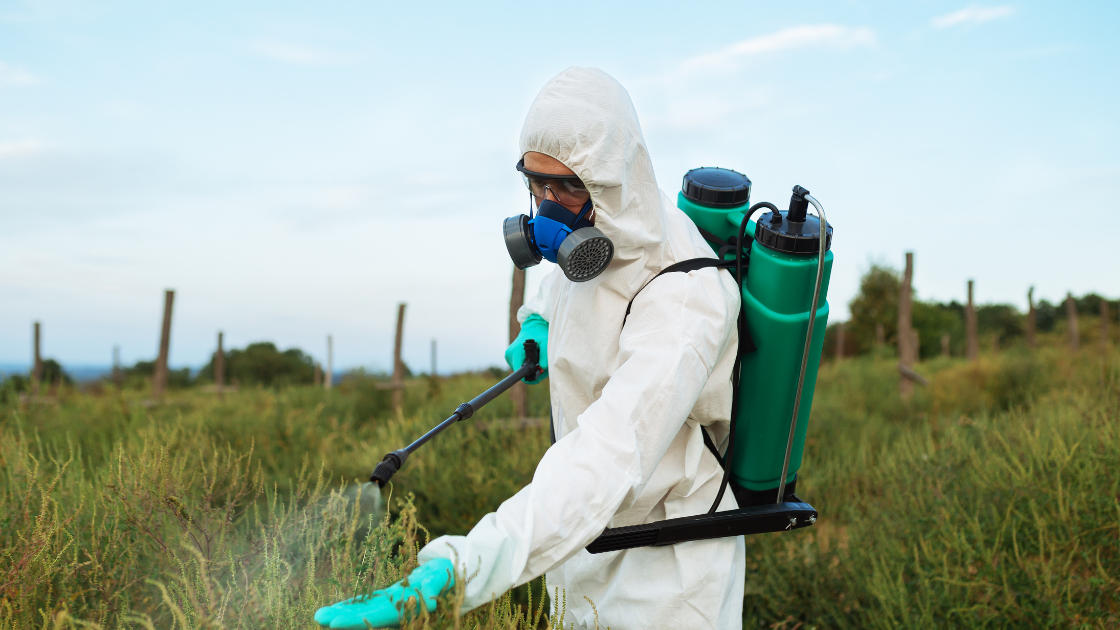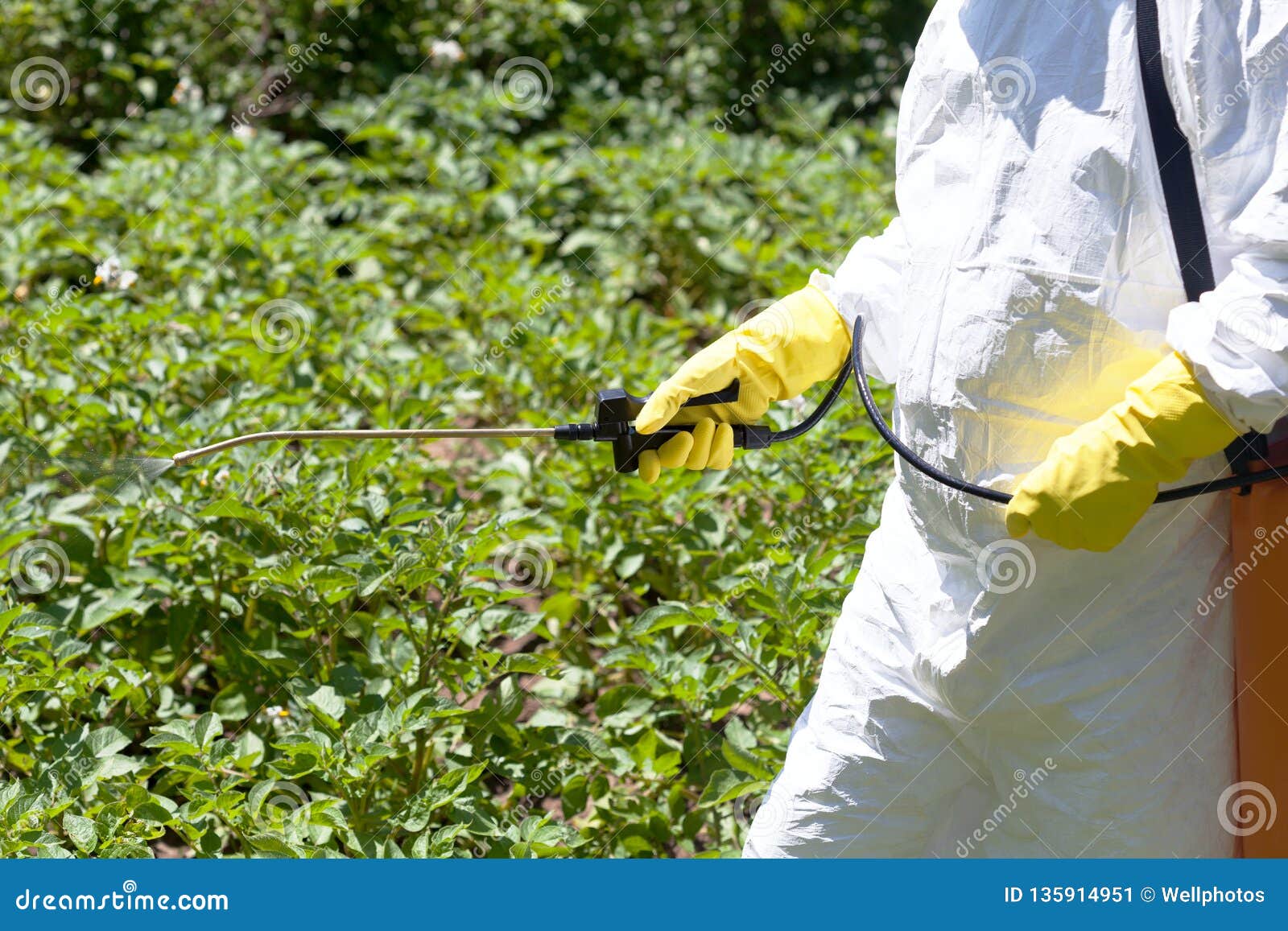

- #INSECTICIDES AND PESTICIDES USED ON FRASIER FIRS HOW TO#
- #INSECTICIDES AND PESTICIDES USED ON FRASIER FIRS PDF#


Use strictly according to manufacturer's directions.Preliminary research shows widespread presence of pesticide residues in homes. The only exception is the use of heptachlor by utility companies to control fire ants in underground cable boxes. There is no further sale or commercial use permitted for the following cyclodiene or related pesticides: chlordane, aldrin, dieldrin and heptachlor. In addition, EPA is concerned that cyclodienes might cause long-term damage to the liver and the central nervous system, as well as an increased risk of cancer. Read more about effects caused by Volatile Organic CompoundsĮxposure to high levels of cyclodiene pesticides, commonly associated with misapplication, has produced various symptoms, including:.However, as with other household products, there is insufficient understanding at present about what pesticide concentrations are necessary to produce these effects. Both types of ingredients can cause the type of effects discussed in Household Chemicals/Products. damage to central nervous system and kidneyĬhronic exposure to some pesticides can result in damage to the:īoth the active and inert ingredients in pesticides can be organic compounds therefore, both could add to the levels of airborne organics inside homes.Pesticides are classed as semi-volatile organic compounds and include a variety of chemicals in various forms. Products used on lawns and gardens that drift or are tracked inside the house.Products used to kill household pests (insecticides, termiticides and disinfectants).EPA's Citizen's Guide to Pest Control and Pesticide Safety (PDF) (53 pp, 4.17 MB, About PDF).
#INSECTICIDES AND PESTICIDES USED ON FRASIER FIRS PDF#
#INSECTICIDES AND PESTICIDES USED ON FRASIER FIRS HOW TO#
In households with children under five years old, almost one-half stored at least one pesticide product within reach of children.ĮPA registers pesticides for use and requires manufacturers to put information on the label about when and how to use the pesticide. In 1990, the American Association of Poison Control Centers reported that some 79,000 children were involved in common household pesticide poisonings or exposures. They are sold as sprays, liquids, sticks, powders, crystals, balls and foggers. Pesticides used in and around the home include products to control: household surfaces that collect and then release the pesticides.contaminated soil or dust that floats or is tracked in from outside.The amount of pesticides found in homes appears to be greater than can be explained by recent pesticide use in those households other possible sources include: Another study suggests that 80 percent of most people's exposure to pesticides occurs indoors and that measurable levels of up to a dozen pesticides have been found in the air inside homes. Products used most often are insecticides and disinfectants. households used at least one pesticide product indoors during the past year.

Pesticides are inherently toxic.Īccording to a recent survey, 75 percent of U.S. Pesticides are chemicals that are used to kill or control pests which include bacteria, fungi and other organisms, in addition to insects and rodents.


 0 kommentar(er)
0 kommentar(er)
